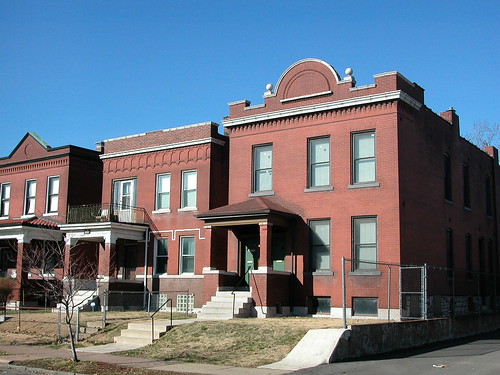
by Starr Meek and Lynn Josse
This article first appeared in The Northsider.
The buildings found in the entire O’Fallon neighborhood and in O’Fallon Park should be an official historic district in early 2012. Over the next year, historians from the Preservation Research Office will be found in every part of the O’Fallon neighborhood and in archives all over town. They will be putting together the story of the neighborhood in order to nominate it to the National Register of Historic Places. Alderman Antonio French funded the project for The Acts Partnership in order to increase investment within the neighborhood by enabling property owners to benefit from historic preservation tax credits.
This work takes place at the same time that a similar project is taking place in Penrose, meaning that almost all of the 21st Ward could be included in historic districts in the next year. Currently, Holly Place — the 4500 block of Holly Avenue — is the only historic district in the ward.
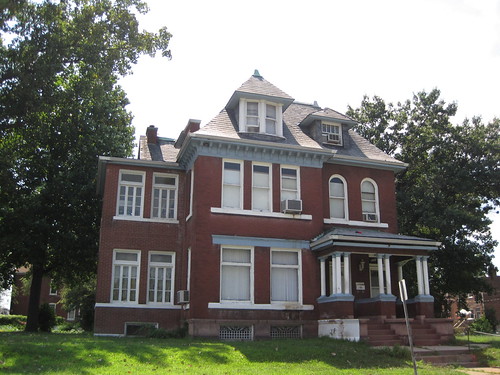
“National Register historic districts lead to tremendous benefits for urban neighborhoods,” said team leader and Preservation Research Office Director Michael Allen. “They contribute to a sense of community pride, build identity, and can bring resources and investment.” Unlike local historic districts, the proposed National Register district will not involve any additional restrictions on properties — just benefits such as Missouri’s 25% historic rehabilitation tax credit.
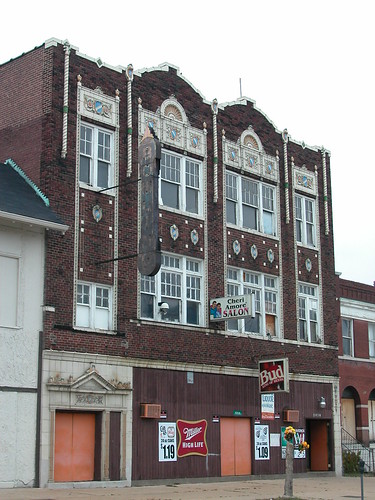
The O’Fallon neighborhood has a long and interesting history. Subdivision development began as early as 1859 with the subdivision of the White family’s farm. Other major landholders in the area are now familiar names, including Shreve, Vandeventer, Carter, and of course O’Fallon. In 1875, the city purchased portions of John O’Fallon’s estate, dedicating 158 acres as O’Fallon Park in 1875. Amenities were added with the lake in the 1890s and the boat house in 1908.
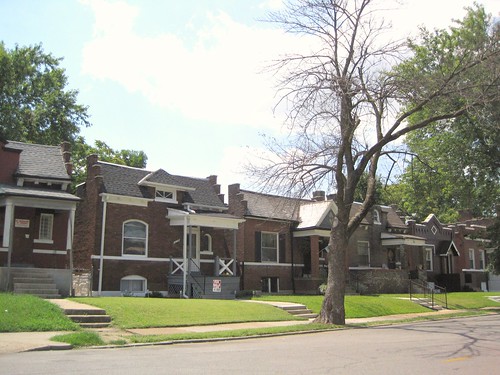
The development of O’Fallon Park led to development of the area just south through the O’Fallon Heights, Plymouth Park and Wanstrath Place subdivisions. Early transit lines to the area were limited to parts of Natural Bridge in the 19th century. Streetcar service was later added on Florissant, Lee, Newstead and Fair/Harris avenues. These subdivisions generally were developed between 1890 and 1930 with buildings using prevalent locally-sourced materials like decorative and standard brick, limestone, and clay roof tile. Major buildings include the Boathouse in O’Fallon Park, Holy Rosary Church and Full Gospel Apostolic Church.
To be listed in the National Register of Historic Places, a neighborhood must have significant architecture or history. O’Fallon retains a consistent density and use of common building materials that unites the neighborhood. The entire process will take a little more than a year from project beginning in February to its end next spring.
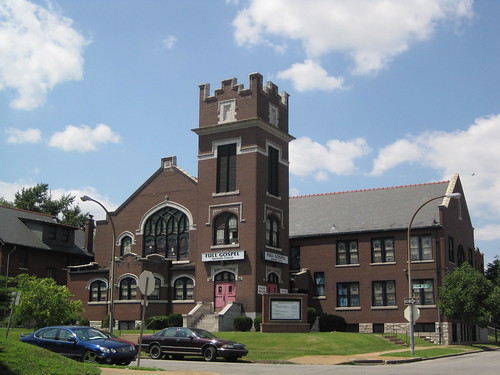
Oral History Project
As part of the survey and historic district project, the Preservation Research Office is conducting interviews with O’Fallon residents. Our intern Christian Frommelt, a senior anthropology major at Washington University in St. Louis, has a special interest in oral history that we are utilizing this spring. The historians especially want to get stories from long-time residents. Since much of the neighborhood was built a long time ago, the team wants to make sure that current residents are also part of the recorded history of O’Fallon. Team members will collect residents’ stories about the neighborhood at the Acts Partnership office at 4202 Natural Bridge throughout the spring.

One reply on “O’Fallon Neighborhood to Become a Historic District”
Great job, you guys. No doubt this project has been a huge undertaking. Antonio French should be applauded for making this a priority for his ward.